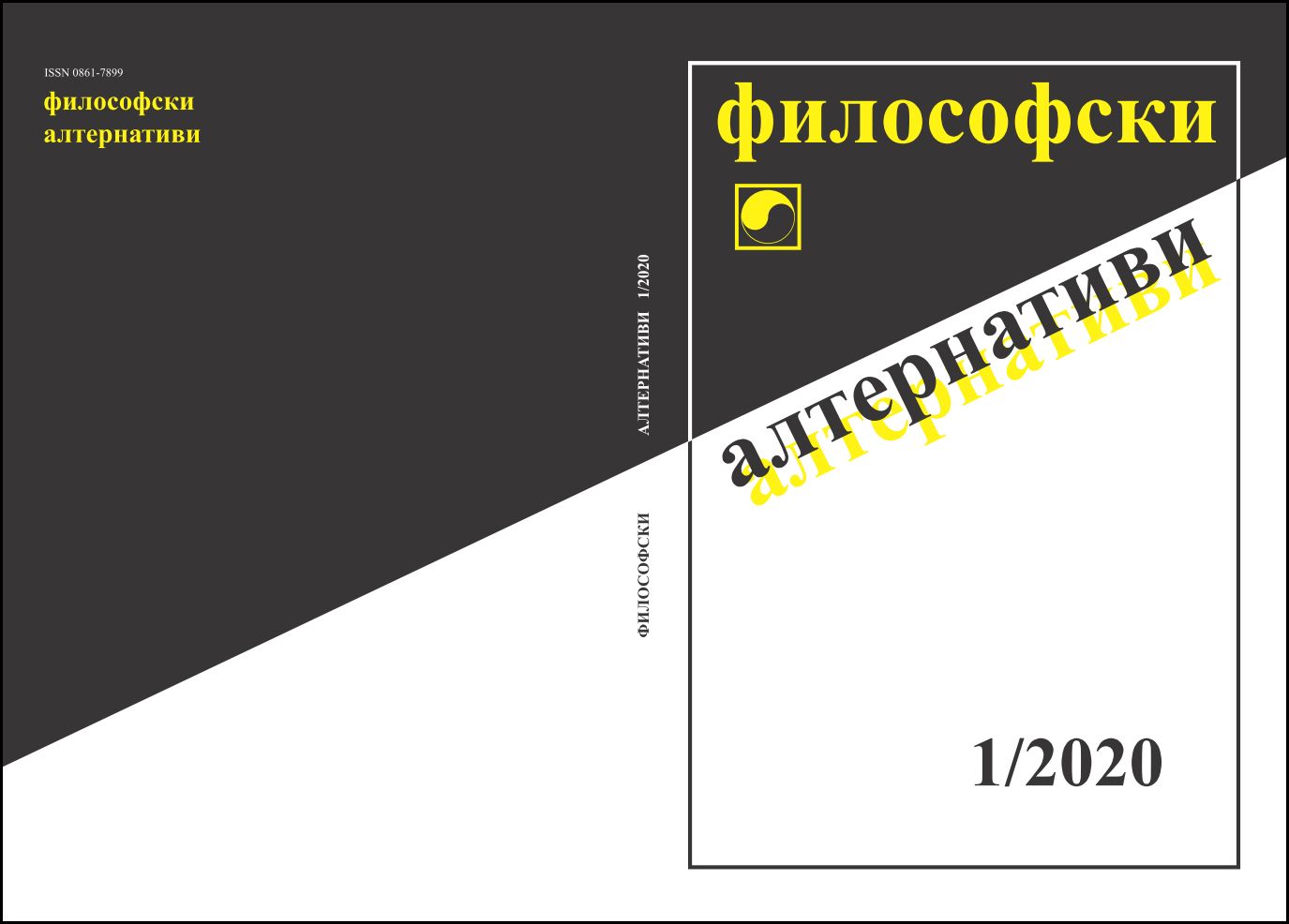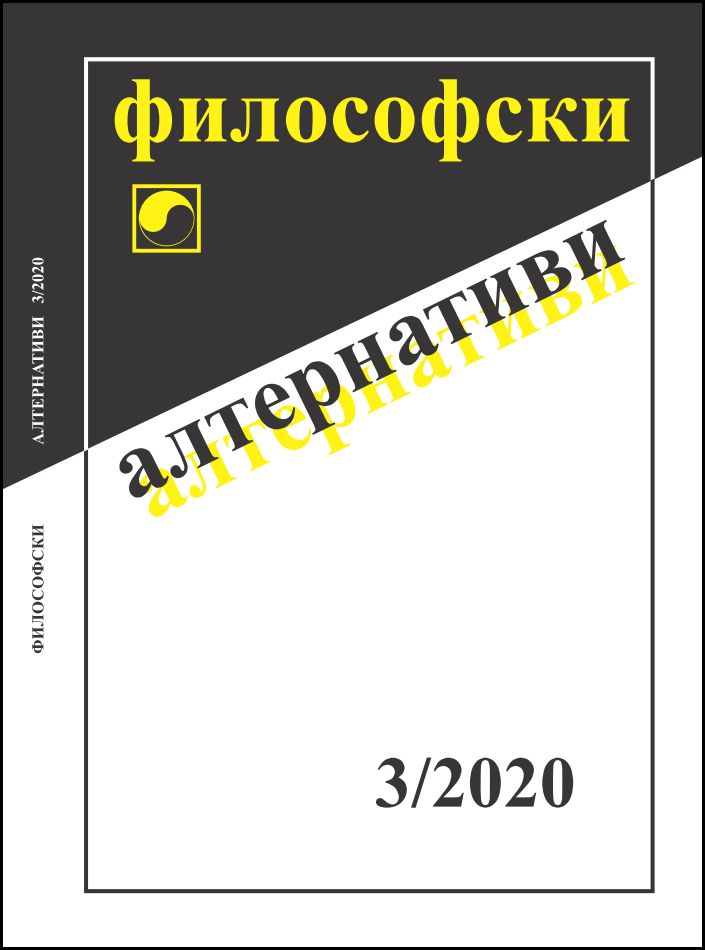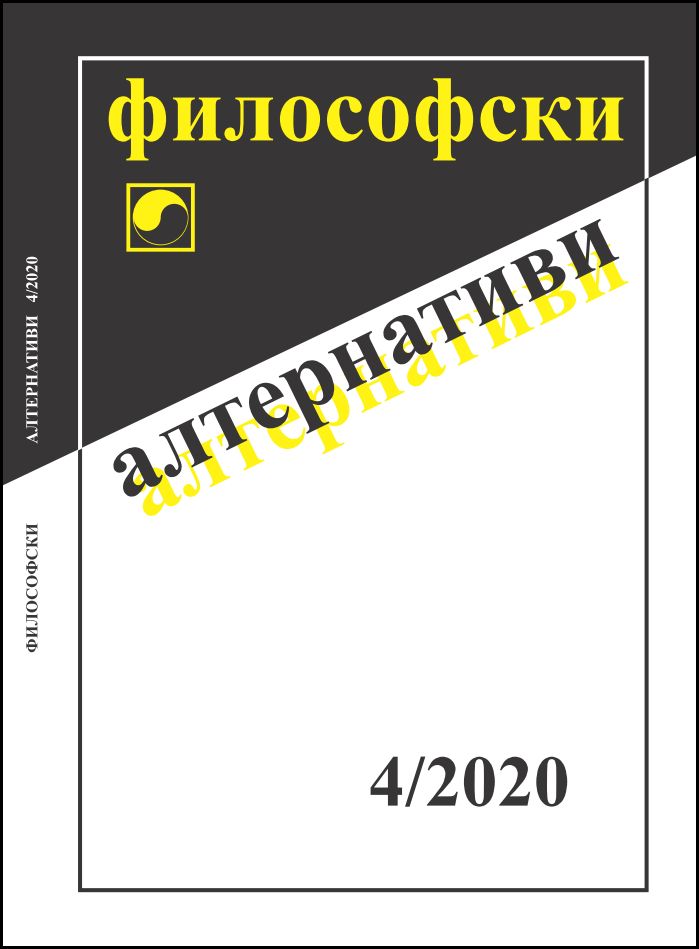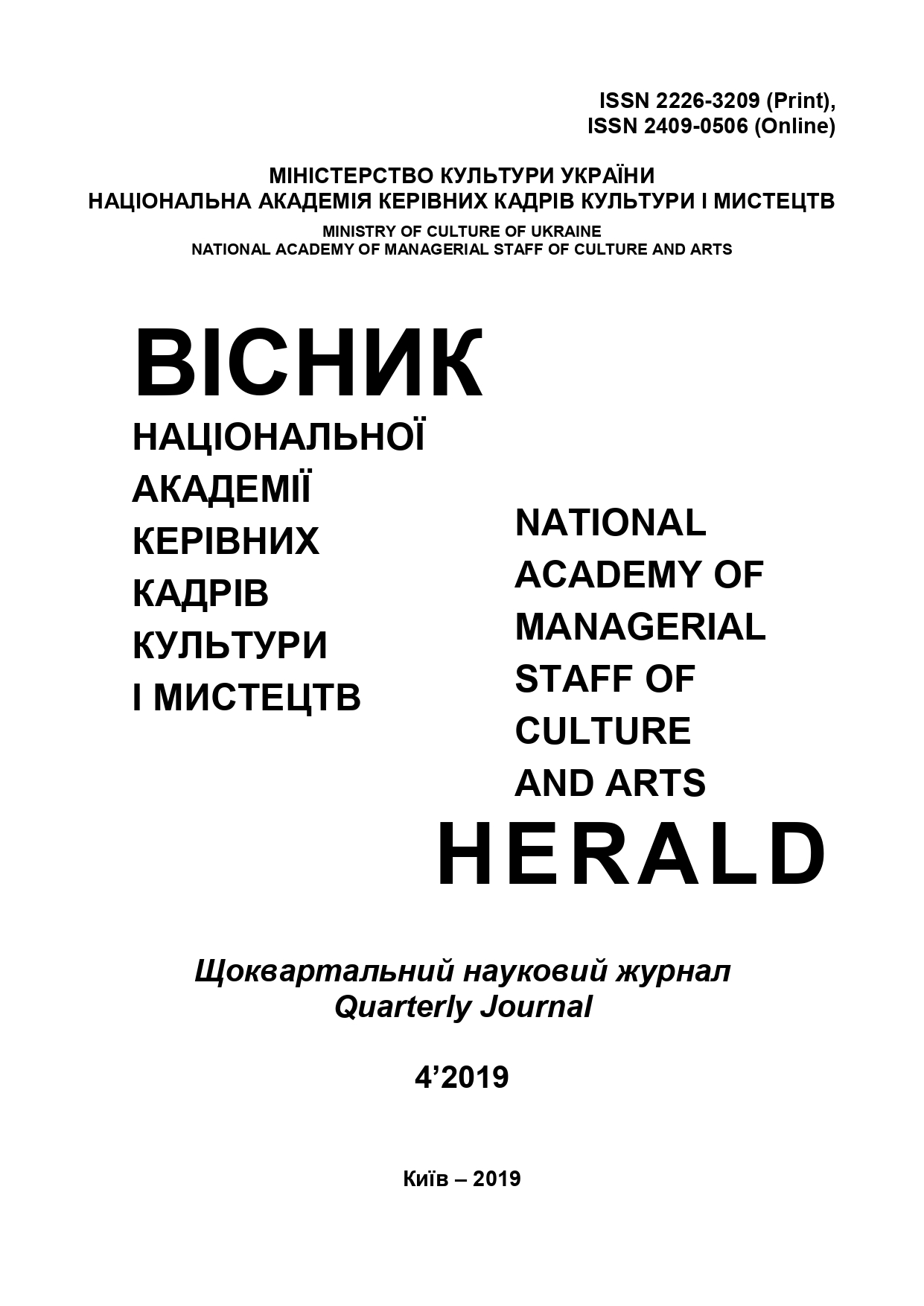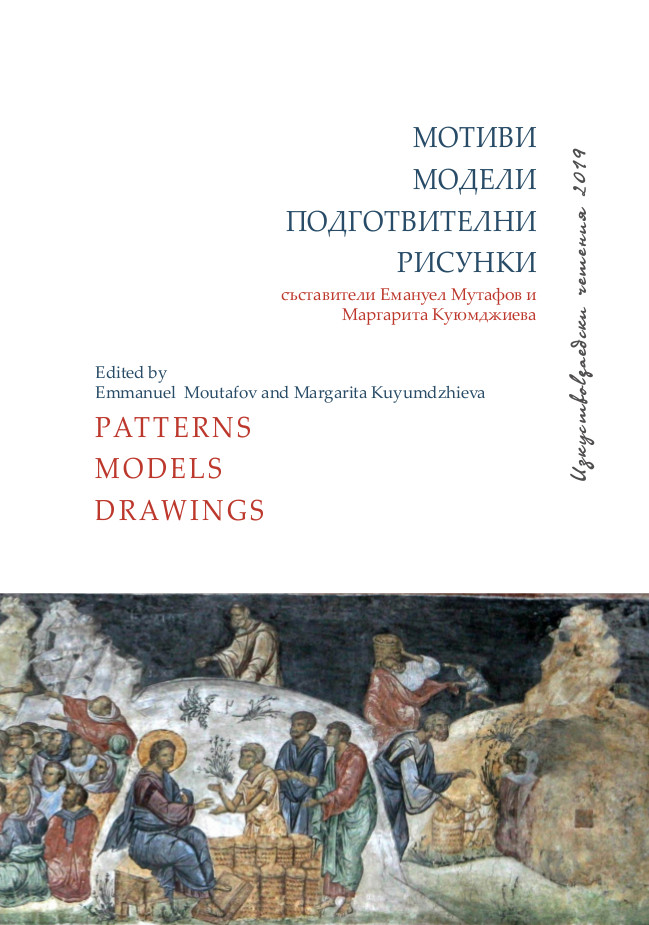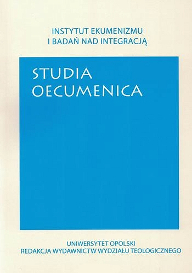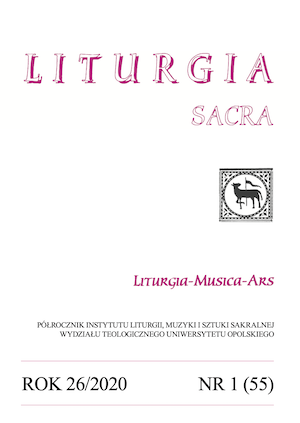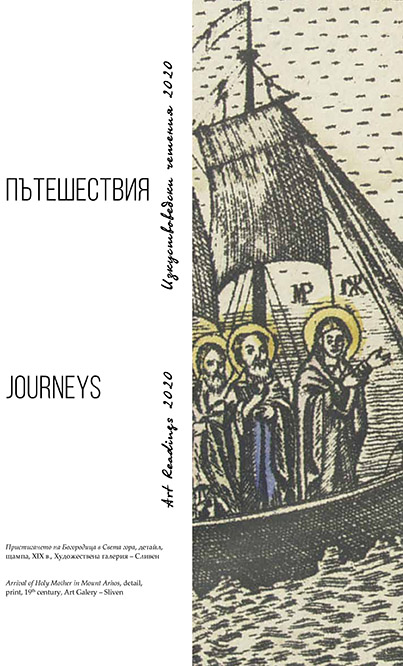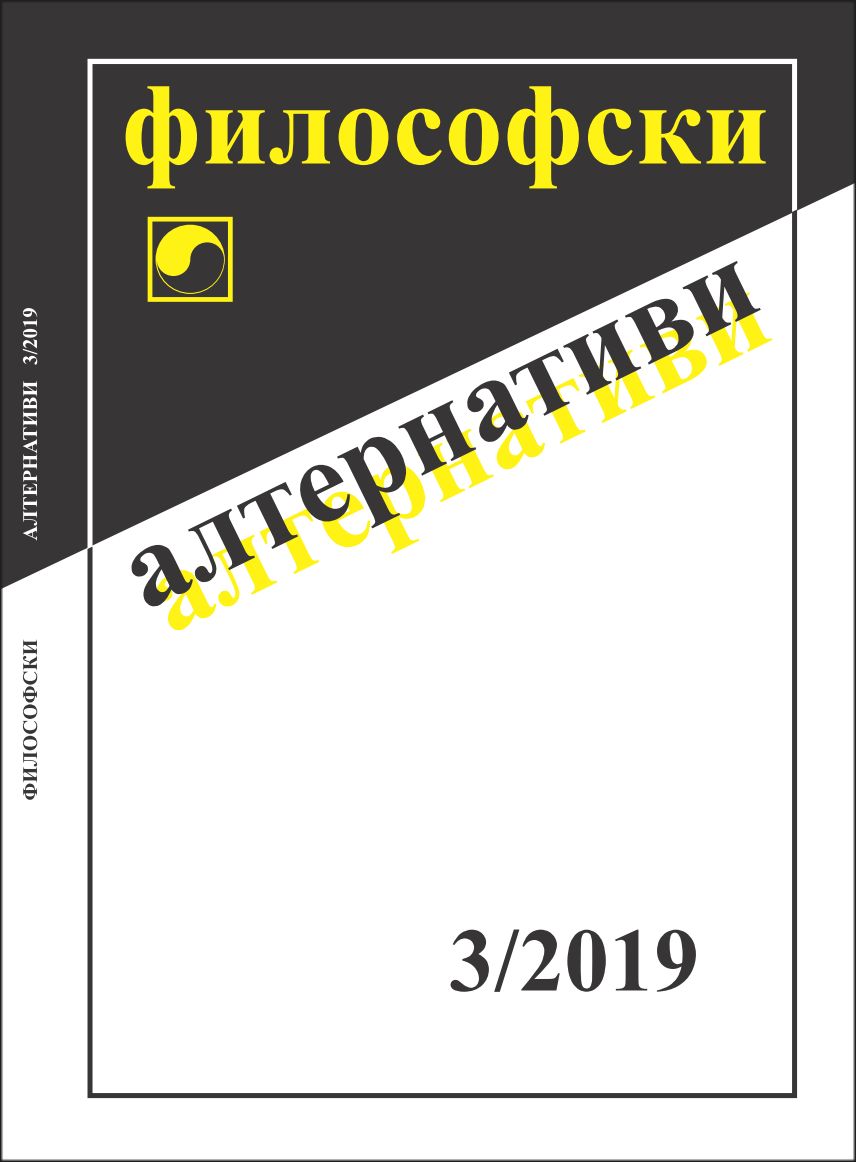
Кичът на сънищата
The short essay “Dream Kitsch” (“Traumkitsch”) is a controversial comment by Walter Benjamin on surrealism, which the author sees as the “last snapshot of the European intelligentsia”, as a crisis of art that aims to mobilize dreaming and thereby risks missing the essence of things and turning them into kitsch.
More...
